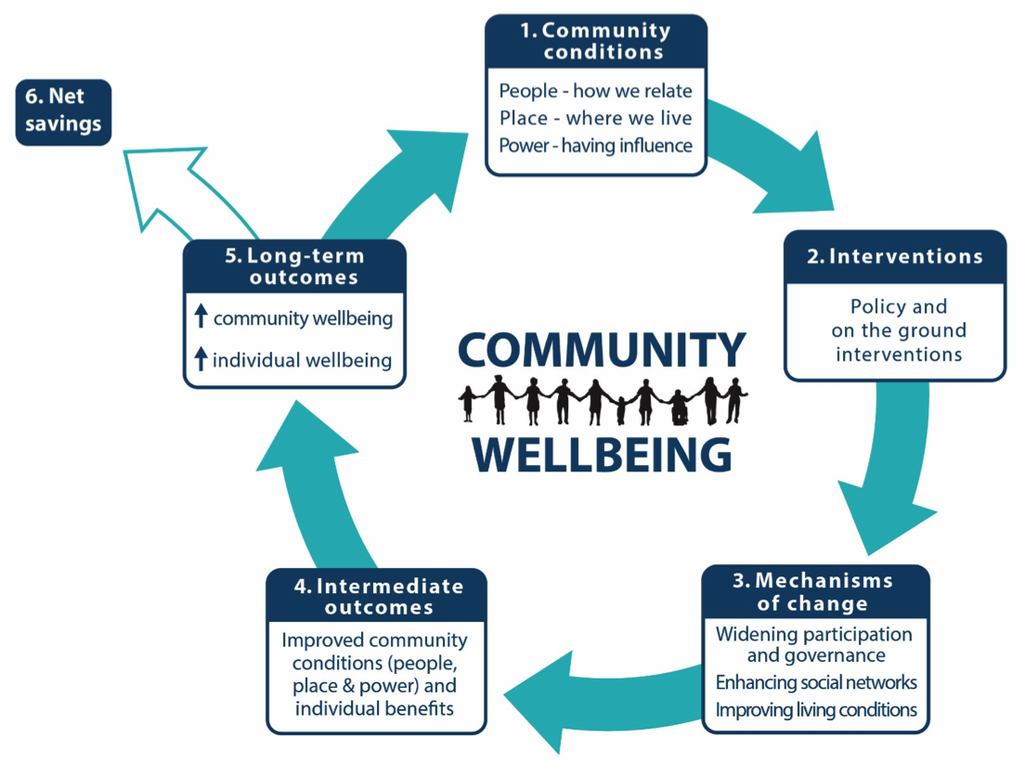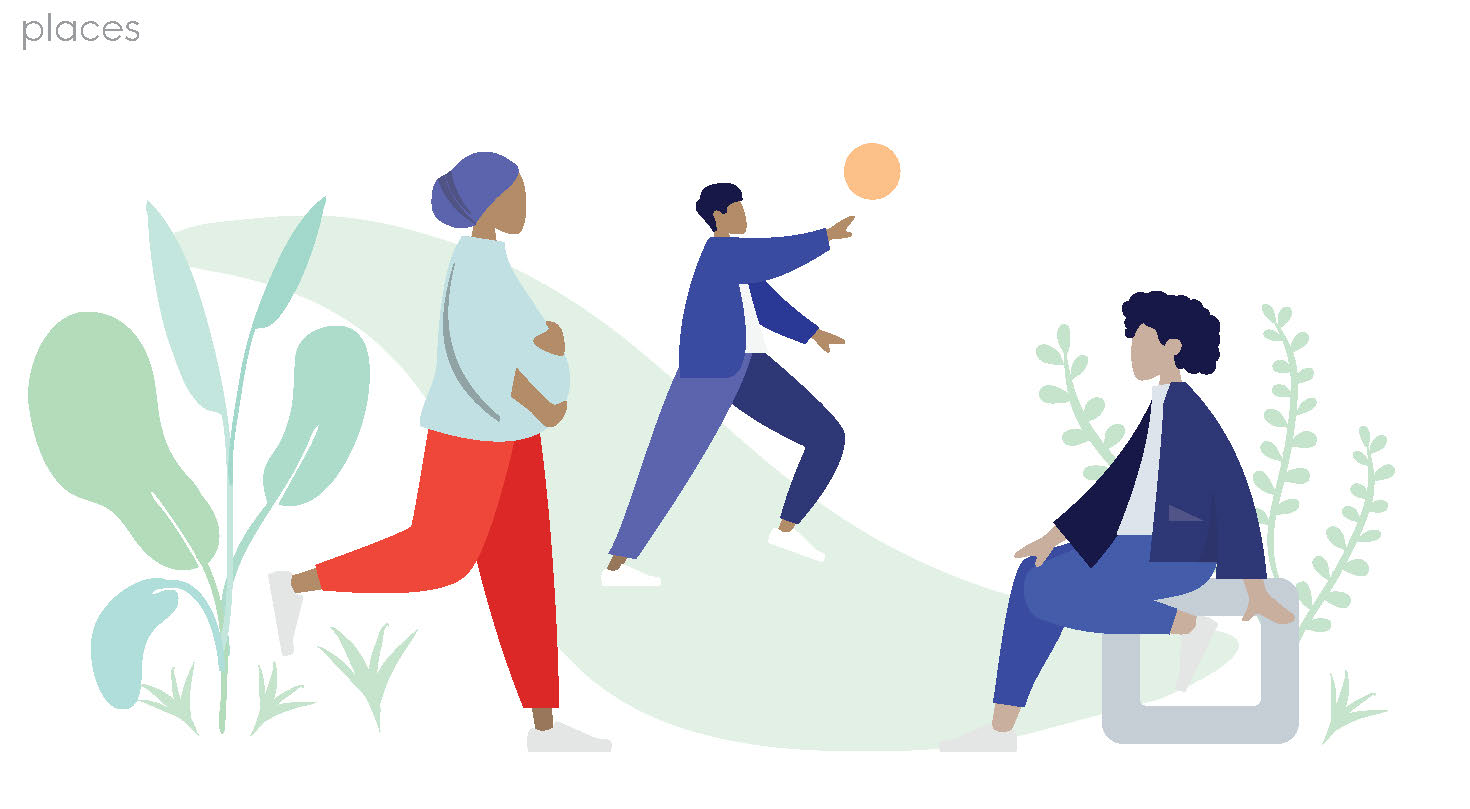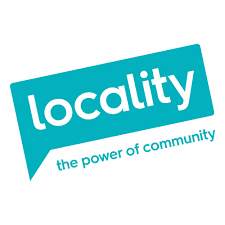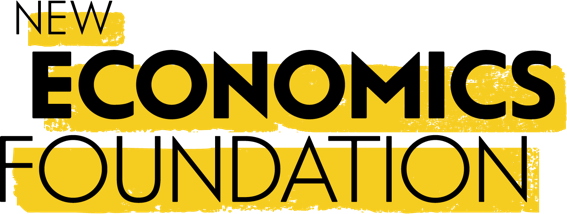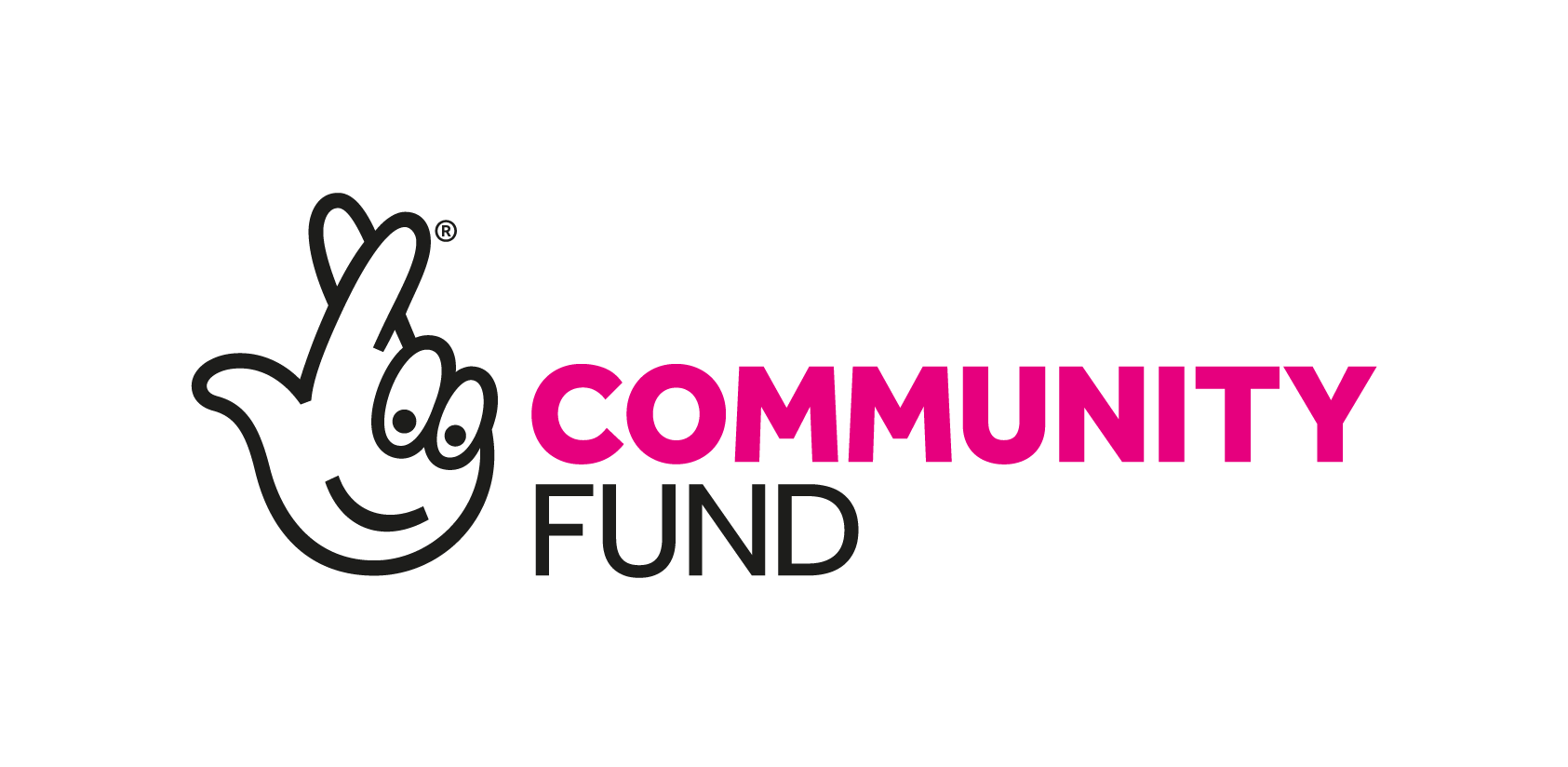Places and community
The places where we live, work and spend time clearly have an impact on our wellbeing. So do the people we know – and encounter – in these places. For example, we know that there are spillover community effects of crime – and knock-on effects of social fragmentation, and deprivation – on our individual wellbeing regardless of whether these things affect us directly.
But what works when it comes to effective policy and practice to improve both individual and community wellbeing? And how do we measure things like community wellbeing: why can’t we just add up all the reported individual wellbeing scores in an area?
Our evidence, analysis and guidance looks at how community wellbeing can be understood and improved. Our research looks at:
- community wellbeing and how it is linked to individual wellbeing
- community spaces and infrastructure
- social relations
- loneliness and social isolation
- heritage
- housing
- culture, arts, and sport
- inequalities in wellbeing, and the drivers of wellbeing inequalities
- using locally available data to improve wellbeing
People
-
Ingrid Abreu Scherer
-
Joanne Smithson
-
Stewart Martin
We don’t want to reinvent the wheel with our work on this issue: although there are evidence gaps, there is already lots of research on the impact of place-based activities and the role of place and community on wellbeing.
People, power and place
Defining community wellbeing is a complex task – made more complicated by the many definitions, measures and frameworks currently in use.
Broadly, community wellbeing can be defined as ‘being well together.’ Rather than thinking of it as an aggregate of individual wellbeing, which has more broad consensus on measurement.
Community wellbeing is about the strength of networks and support between people in a community. It is also impacted by both the physical conditions of the community, as well as the opportunity to participate and have a say in the local area.
To understand community wellbeing, we need to look at people, power and place.
- How we relate to, and are interrelated with, other people in our community. Are there high levels of loneliness, or lack of social cohesion?
- Do they feel they have the power to participate in local decision-making?
- Does the place they live in have spaces, events or neighbourhoods to mix with other members of their community?
It is an inherently ‘messy’ concept: with many interrelated factors and pathways, which differ for each community. The theory of change below seeks to distill some of this messiness, and also show how policy interventions can improve community wellbeing. Through the lens of community wellbeing, it identifies some of the mechanisms for place-based change, including widening participation, strengthening social networks, and improving living conditions.
